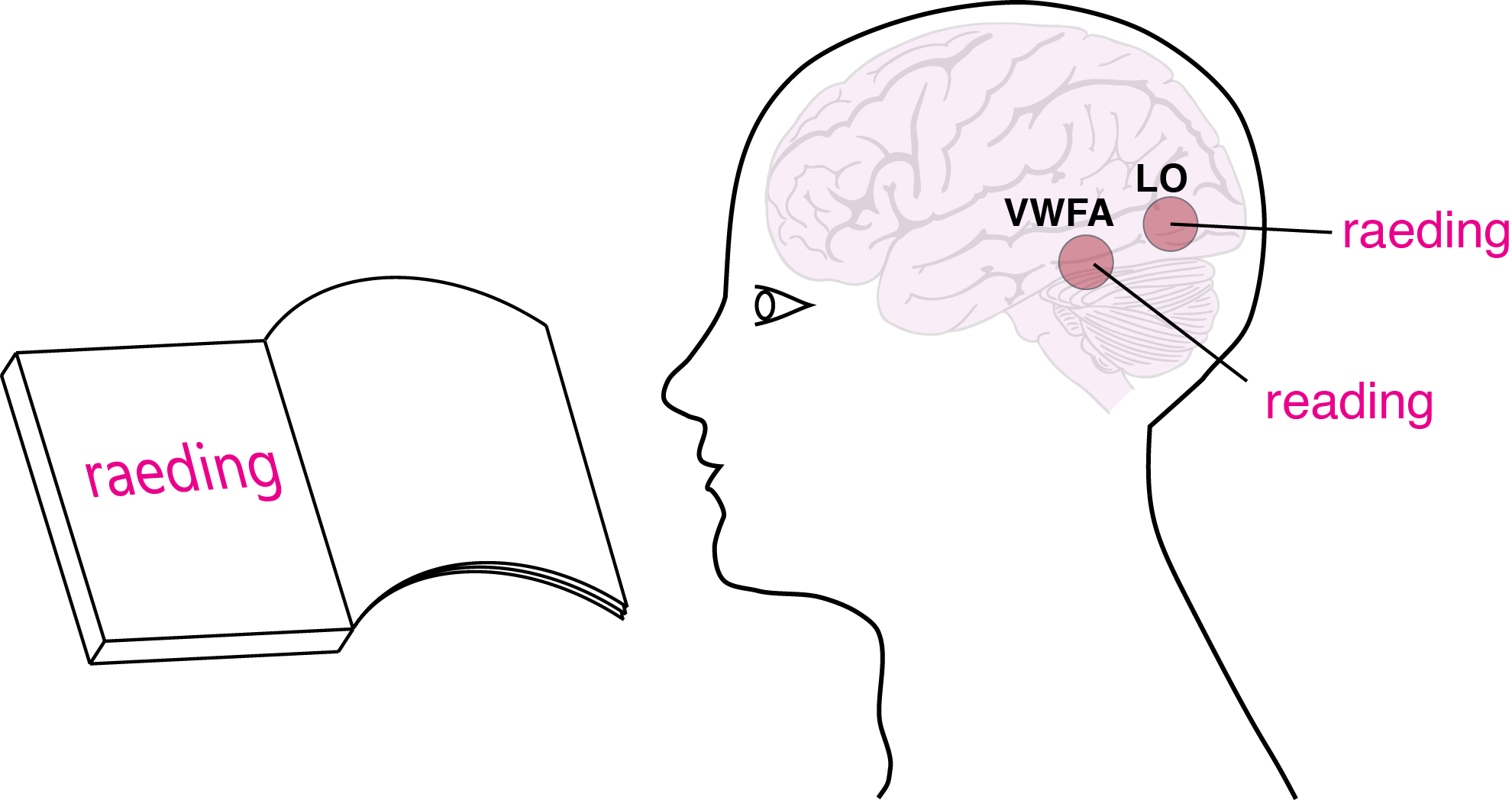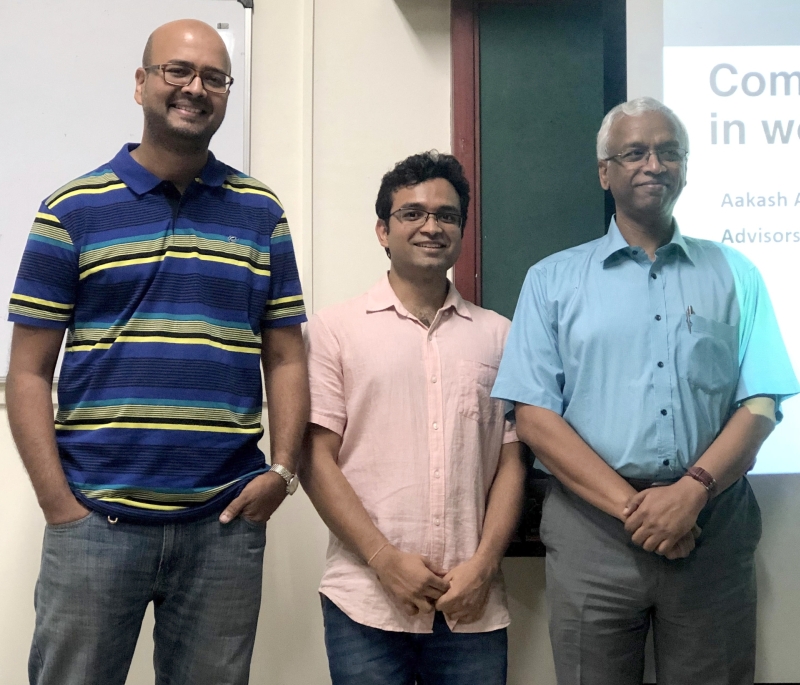If you cna raed tish your vsion si aewosme
We have no trouble reading wrods veen fi htey aer jubmeld. How does our brain do this so effortlessly? Since reading a word involves both visual processing of letter and word shapes, as well as processing the associated sounds, phonemes, syllables and its meaning, it has been difficult to tease apart which of these processes explain our ability to read jumbled words.

Our goal was to investigate the extent to which purely visual processing can explain jumbled word reading. Our specific hypothesis was that when we see a string of letters, it automatically activates an efficient visual representation that is then matched to stored words.
To measure purely visual processing, we devised a model in which neurons respond to single letter shapes, and obtained their responses to longer strings by adding their response to single letters. We then asked whether the timetaken by humans to solve a particular jumbled string can be understood in terms of the similarity between the activity of neurons to the jumbled string and the original word. To our surprise, we obtained an extremely good fit: this model explained how long humans take on jumbled word reading tasks without any additional terms related to the word sounds or meaning.
To identify which brain regions were involved in such tasks, we made subjects perform the same task inside an MRI scanner. We found that viewing a string activates a perceptual representation in the higher visual cortex, whereas subsequent comparisons to stored words are made in the visual word form area.
 Our results explain how word reading occurs in the brain, by explaining jumbled word reading using simple visual rules, and by assigning specific functions to word processing regions in the brain. These findings could prove useful in diagnosing and treating disorders of reading. We speculate that at least a subset of people with reading disorders might have abnormal visual processing that we can index or diagnose with visual tasks such as those used in our study. Such disorders could potentially be treated by targeted training for visual processing improvements.
Our results explain how word reading occurs in the brain, by explaining jumbled word reading using simple visual rules, and by assigning specific functions to word processing regions in the brain. These findings could prove useful in diagnosing and treating disorders of reading. We speculate that at least a subset of people with reading disorders might have abnormal visual processing that we can index or diagnose with visual tasks such as those used in our study. Such disorders could potentially be treated by targeted training for visual processing improvements.
This study was funded by a Senior Fellowship awarded to SP Arunby the DBT/Wellcome Trust India Alliance, and by the DBT-IISc partnership programme.
Full citation
Agrawal A, Hari KVS & Arun SP (2020) A compositional neural code in high-level visual cortex can explain jumbled word reading. eLife 9:e54846
https://elifesciences.org/articles/54846
Faculty website links
Prof. SP Arun : https://sites.google.com/site/visionlabiisc
Prof. KVS Hari : https://ece.iisc.ac.in/~hari/





 Our results explain how word reading occurs in the brain, by explaining jumbled word reading using simple visual rules, and by assigning specific functions to word processing regions in the brain. These findings could prove useful in diagnosing and treating disorders of reading. We speculate that at least a subset of people with reading disorders might have abnormal visual processing that we can index or diagnose with visual tasks such as those used in our study. Such disorders could potentially be treated by targeted training for visual processing improvements.
Our results explain how word reading occurs in the brain, by explaining jumbled word reading using simple visual rules, and by assigning specific functions to word processing regions in the brain. These findings could prove useful in diagnosing and treating disorders of reading. We speculate that at least a subset of people with reading disorders might have abnormal visual processing that we can index or diagnose with visual tasks such as those used in our study. Such disorders could potentially be treated by targeted training for visual processing improvements.